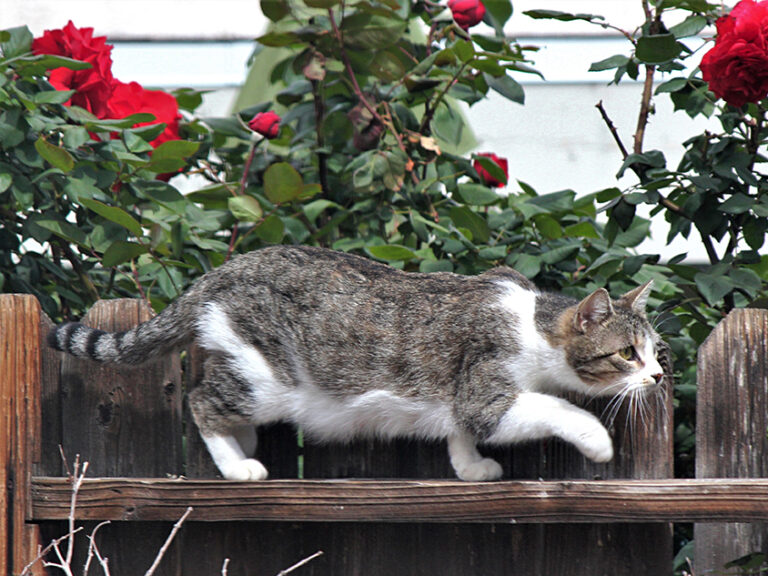You’ve probably heard the term “alley cat.” It’s a more common name for what are really feral cats. These are cats that look like pets, but they are completely wild. It’s hard to believe it, but there are approximately 70 million feral cats in the United States — and they have been living here for hundreds of years!
Feral cats look like regular house cats because they were raised by lost or abandoned pets. They are afraid of people because they were raised entirely without human contact. Feral cats aren’t just shy or lost pets — they’re extremely frightened and typically cannot be touched or handled by humans.
What to do with feral cats
No one wants a feral cat for a pet. They can’t be socialized like other cats because they’re so afraid of people. For this reason, they’re rarely adopted and shelters usually end up euthanizing them.
Fortunately, trap-neuter-return (TNR) practices now offer a humane solution to euthanization. TNR involves:
- catching the cats in a humane trap,
- taking them in to be spayed or neutered, and
- releasing them back into the area where they were trapped
Spaying and neutering these cats stabilizes the feral population in a neighborhood. It also helps reduce fighting among tomcats and obnoxious territorial spraying.
To find out the number of feral cats living in your community, divide your city’s human population by 6. When one is spotted in your neighborhood, it is best to leave it alone. If there is a neighbor feeding the cat, check with them to see whether the cat has been trapped, neutered, and returned (TNR). If not, contact one of the agencies below.
Feral Cat Resources
If you have feral cats in your area, the following groups can help:
- Alley Cat Allies is a national group that advocates for TNR programs.
- Feral Cat Spay Neuter Project provides free feral/stray cat spay/neuter at their clinic in Seattle. Reservations are required.
- Feral Cat Assistance & Trapping will help trap, spay and neuter, and return feral cats.
- Feral Cat Spay/Neuter Project (425) 673-2287

